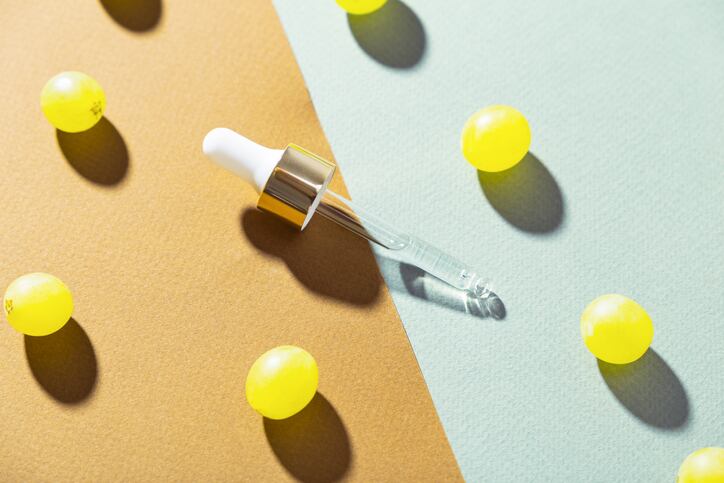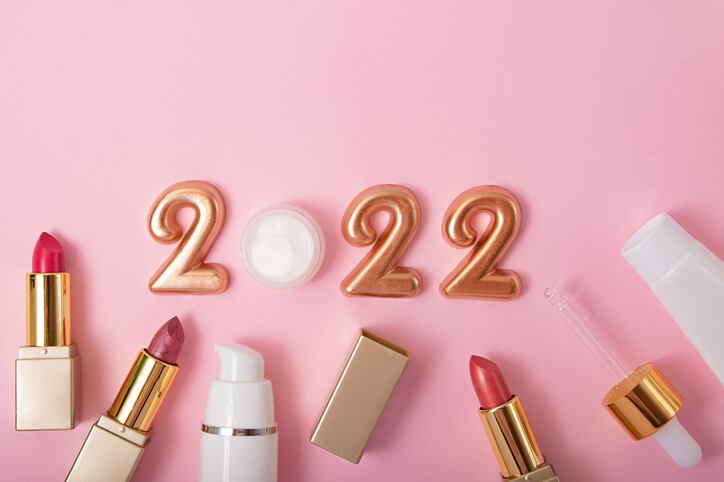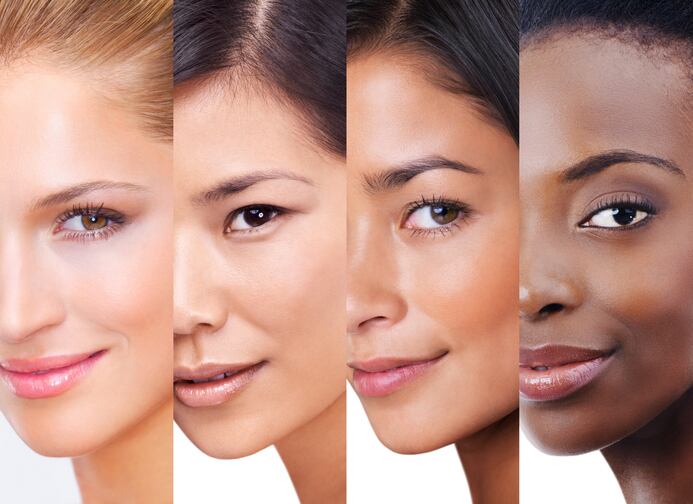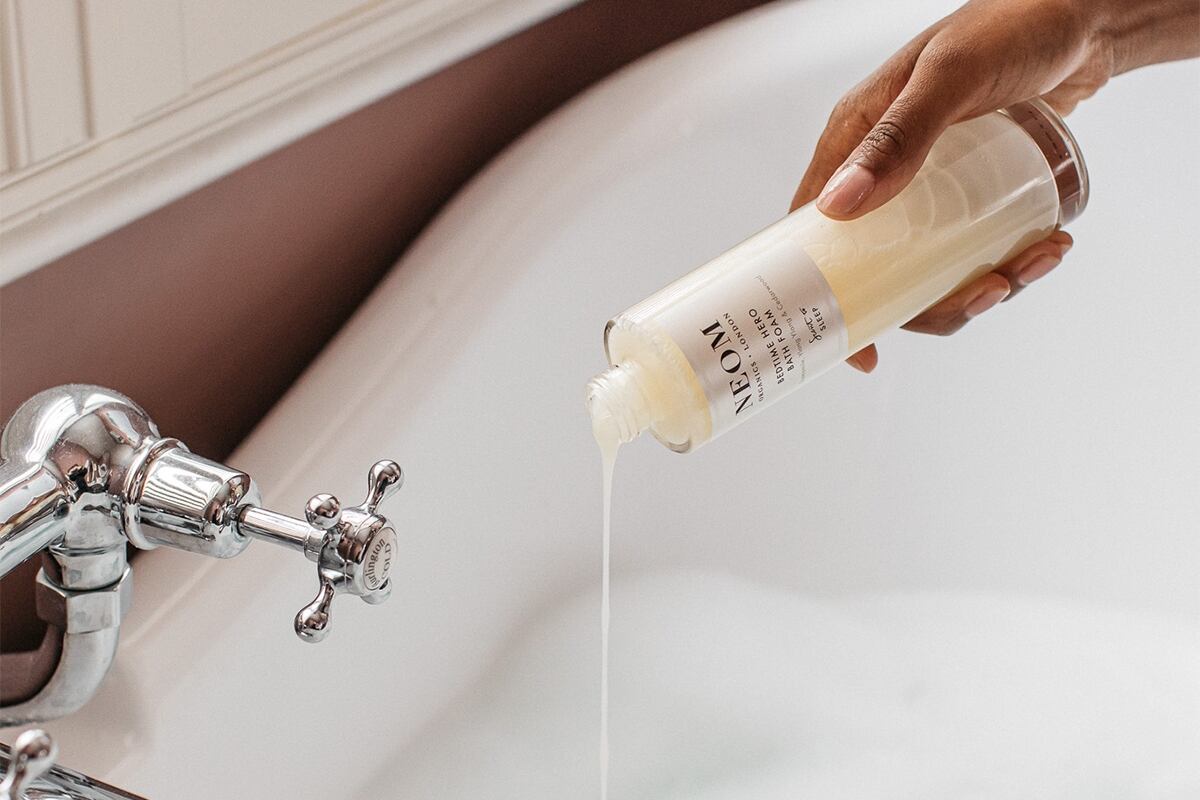The journal Cosmetics published several articles on interesting and innovative new developments in cosmetic ingredient research in late December. Below are three of those potential ingredients and the research backing them.
Snail eggs
A research team out of Spain and France, San Juan et al, researched the use of an extract from the eggs of common garden snails as a skin stem cell-focused anti-aging ingredient. The team found the extract, known as IFC-CAF, appeared to protect the genome of a skin cell.
According to San Juan et al, aging causes many decreased skin functionalities, like decreased genome repair fitness, which may be improved or reversed given the right ingredient innovation.
Garden snails produce a secretion that can be topically applied to improve the integrity of skin, foster repair in aging skin and improve wound healing and skin repair after ionizing radiation, among other benefits, San Juan et al said.
“Our studies support the specific therapeutic activities of IFC-CAF via mobilization and protection of stem cell populations and skin regeneration through promoting physiological differentiation, together with activation of mechanisms counteracting genome damage,” San Juan et al said.
The research was performed in vitro and, while their early results appeared promising, the research team said further study would need to be done to determine the molecular principles involved so the extract could be effectively paired with ingredients that promote skin stem cell proliferation.
Source: Cosmetics
Cosmetics 2022, 9(1), 2; https://doi.org/10.3390/cosmetics9010002
Title: Cryptomphalus aspersa Eggs Extract Potentiates Human Epidermal Stem Cell Regeneration and Amplification
Red Palm Fruit
While palm oil is typically used as a carrier system for other ingredients, a research team out of Thailand, Plyduang et al, tested the potential for red palm extract to work as an anti-aging ingredient of its own, with promising results.
Crude palm oil contains 1% of its overall weight in antioxidative phytonutrients, which is promising in developing antioxidant extract, commonly used in anti-aging products.
According to Plyduang et al, palm oil alone cannot be used in cosmeceuticals, but the team did a cold extraction and created a day and night cream with solid lipid nanoparticles.
Among the 68 female Thai volunteers, between the ages of 25 and 50, the team found a low incidence of irritation, 9% and 5% increased accumulation of water in the day and night cream respectively, and a 15% and 9% decrease in water loss.
They also found a 45% increase of elasticity and a 15-20% decrease in skin melanin content. Plyduang et al concluded that red palm extract in an SLN carrier is a viable candidate for anti-aging ingredients.
Source: Cosmetics
Cosmetics 2022, 9(1), 3; https://doi.org/10.3390/cosmetics9010003
Title: Formula Development of Red Palm (Elaeis guineensis) Fruit Extract Loaded with Solid Lipid Nanoparticles Containing Creams and Its Anti-Aging Efficacy in Healthy Volunteers
Encapsulated Grape Seed Extract
While activated grape seed extract is rich in flavonoids, the extract is a dark purple powder, but encapsulation appears to be a viable solution to turn the extract into a viable anti-aging ingredient, according to a research team out of China and the US, Tao et al.
The researchers said encapsulating pigmented cosmetic ingredients in polymeric nanoparticles can allow for the ingredient to be active at a lower concentration, therefore decreasing the color in the formula.
“With the rise in use of botanical extracts and their active ingredients in functional cosmetics, the importance and utilization of nanocarriers in skincare has also increased since their initial use over 35 years ago,” Tao et al said.
Tao et al were able to encapsulate activated grape seed extract with liposomes and micelles, creating a more soluble and light-colored ingredient. The ingredient showed increased production of collagen and elastin and protected against UVB-induced inflammation and DNA damage, as well as brightening skin and reducing melanin production, among other benefits.
A 2% topical formulation reduced wrinkles, improved brightness and increased hydration. Tao et al said the team’s next goal is to compare the transdermal absorption of encapsulated and non-encapsulated activated grape seed oil and do more testing and evaluation of the formulation.
Source: Cosmetics
Cosmetics 2022, 9(1), 4; https://doi.org/10.3390/cosmetics9010004
Title: Encapsulated Activated Grape Seed Extract: A Novel Formulation with Anti-Aging, Skin-Brightening, and Hydration Properties




